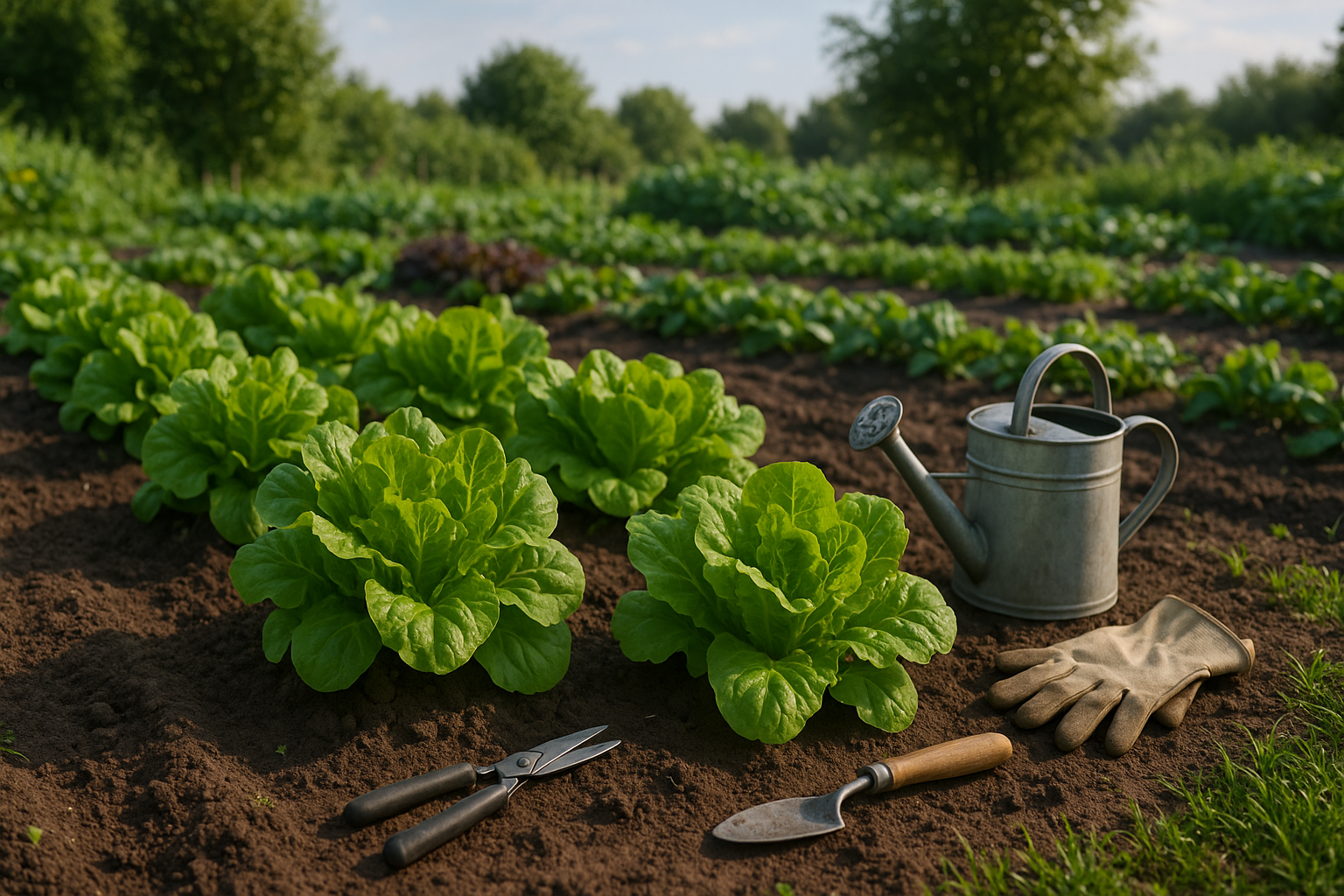Introduction to Cut-and-Come-Again Lettuce Harvesting
If you’re eager to enjoy fresh greens for weeks on end, learning how to harvest lettuce using the cut-and-come-again method is a game changer for any home gardener. Instead of pulling out the entire lettuce plant as soon as it’s ready, you simply snip off the outer leaves and let the inner ones keep growing—a truly sustainable, repeatable way to harvest. This approach is popular because it guarantees a continuous supply of crisp, homegrown lettuce for salads and sandwiches, helping you avoid the dreaded lettuce shortage halfway through the week.
Home gardeners love this technique for several reasons. By harvesting leaf by leaf, you always enjoy the freshest lettuce possible, straight from your garden to the kitchen. It also significantly reduces food waste, since you only take what you need and let the plant keep producing. Plus, this method can support your greens habit for months, especially in mild climates or with indoor growing setups.
Not all lettuce varieties are created equal for cut-and-come-again harvesting. Loose-leaf types like Black Seeded Simpson, Salad Bowl, Oak Leaf, and Lollo Rosso are your best bet. These varieties grow quickly and bounce back with gusto after trimming, making it easy for even beginner gardeners to savor homegrown salads all season long.
Choosing the Right Lettuce and Preparing for Harvest
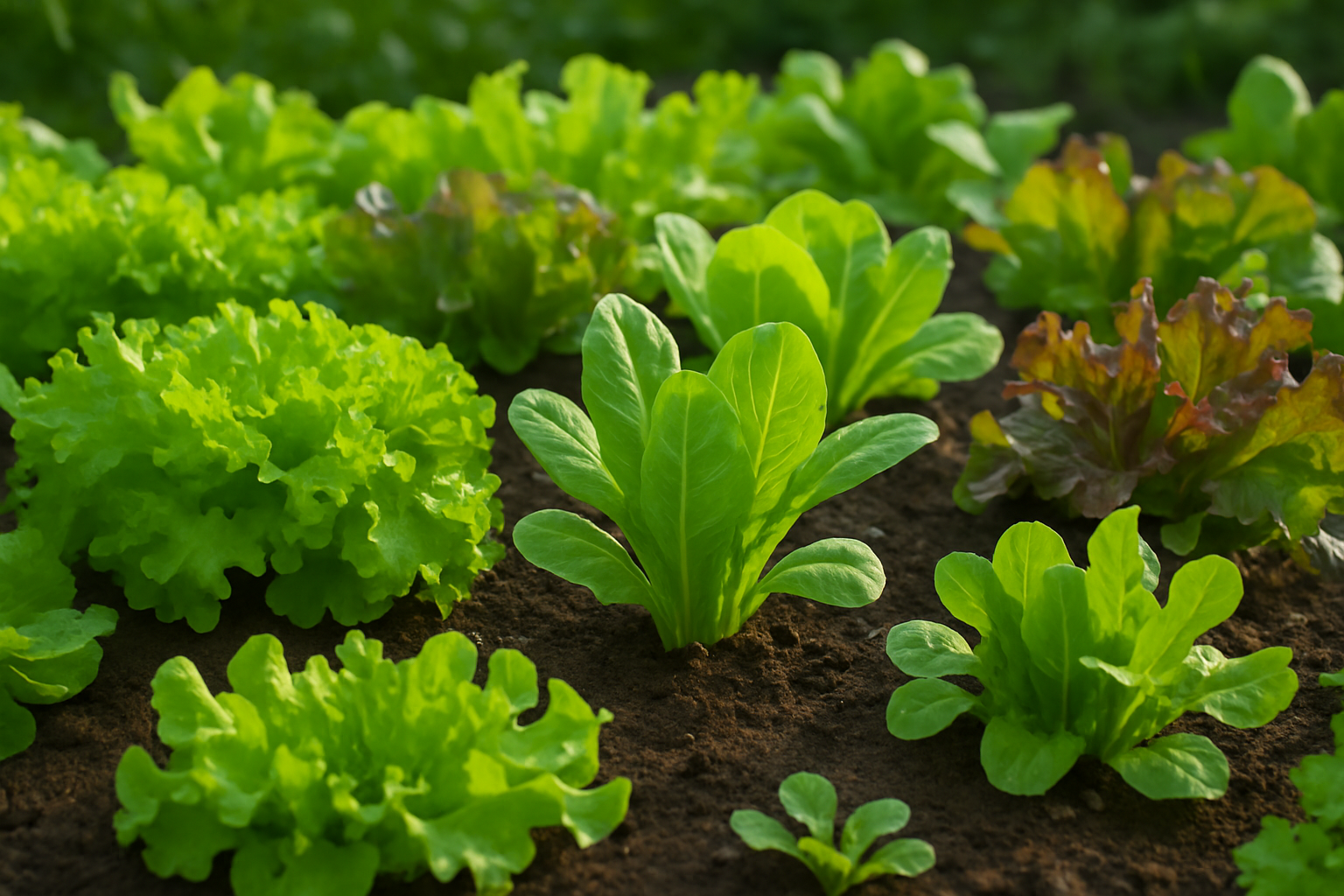
When planning for repeated lettuce harvests, selecting the right variety is essential. Leaf lettuces like ‘Salad Bowl’ or ‘Black Seeded Simpson’ are perfect for cut-and-come-again harvesting because they regrow quickly after picking. Romaine varieties, such as ‘Little Gem,’ also tolerate frequent harvesting if you selectively snip the outer leaves. However, head lettuces like iceberg aren’t ideal since they require a single harvest.
To encourage healthy, lush growth, space your plants about 6-12 inches apart. This prevents overcrowding and boosts airflow, helping to keep diseases at bay. Consistency is key—water your lettuce regularly to maintain moist (not soggy) soil, especially in warm weather or when growing in containers.
Pay attention to timing: lettuce grows best in cooler weather, and harvesting early in the morning yields crispier leaves. Begin your first harvest when the leaves are about 4-6 inches tall—large enough to eat, but not so big that they turn bitter. The most tender, sweetest leaves appear at this young stage.
Look for vibrant green color and a firm, upright appearance; avoid harvesting if leaves are yellowing or wilting, as this indicates they’ve matured too long or need water. By following these tips, you’ll set your lettuce patch up for a steady supply of fresh greens all season long.
Step-by-Step Guide
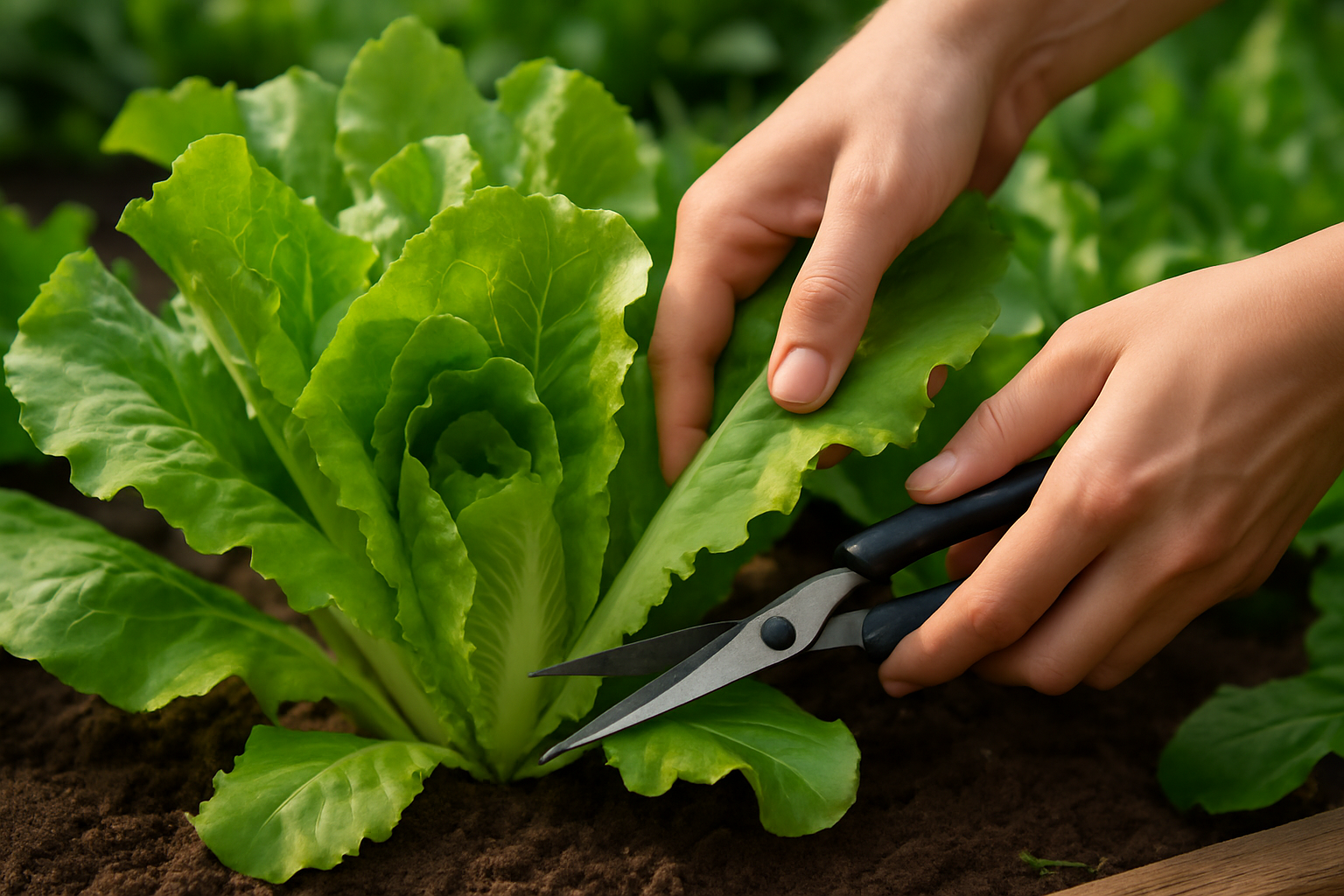
To keep your lettuce producing crisp, fresh leaves week after week, focus on a “cut-and-come-again” approach. Start by identifying the outermost leaves—these are larger, mature, and usually found at the base of the plant.
Carefully snip these outer leaves about an inch above the soil level using clean, sharp scissors or garden shears to avoid tearing the plant tissue, which could invite disease. If you don’t have tools, you can gently pinch off the leaves with your fingers, but be careful not to pull or tug, as this may disturb the lettuce’s roots.
Always leave the small, tender inner leaves at the center untouched—these are the plant’s growth point and will supply the next harvest. Aim to leave at least half of the foliage intact after each cutting; removing too much can stress the plant and slow regrowth.
As a bonus, harvesting outer leaves encourages the plant to put more energy into new leaf production rather than bolting. You can usually return for another harvest every 5 to 7 days, especially during cool, moist spells when lettuce grows fastest.
Keep an eye out for healthy regrowth: vibrant green leaves and a tight, upright center indicate your plant is bouncing back well. If leaves start looking faded or spindly, allow extra time between harvests and consider adjusting watering or sun exposure to give your lettuce a boost.
With gentle, regular picking and attention to leafy signals, you’ll enjoy a steady supply for salads all season long.
Common Mistakes and How to Avoid Them
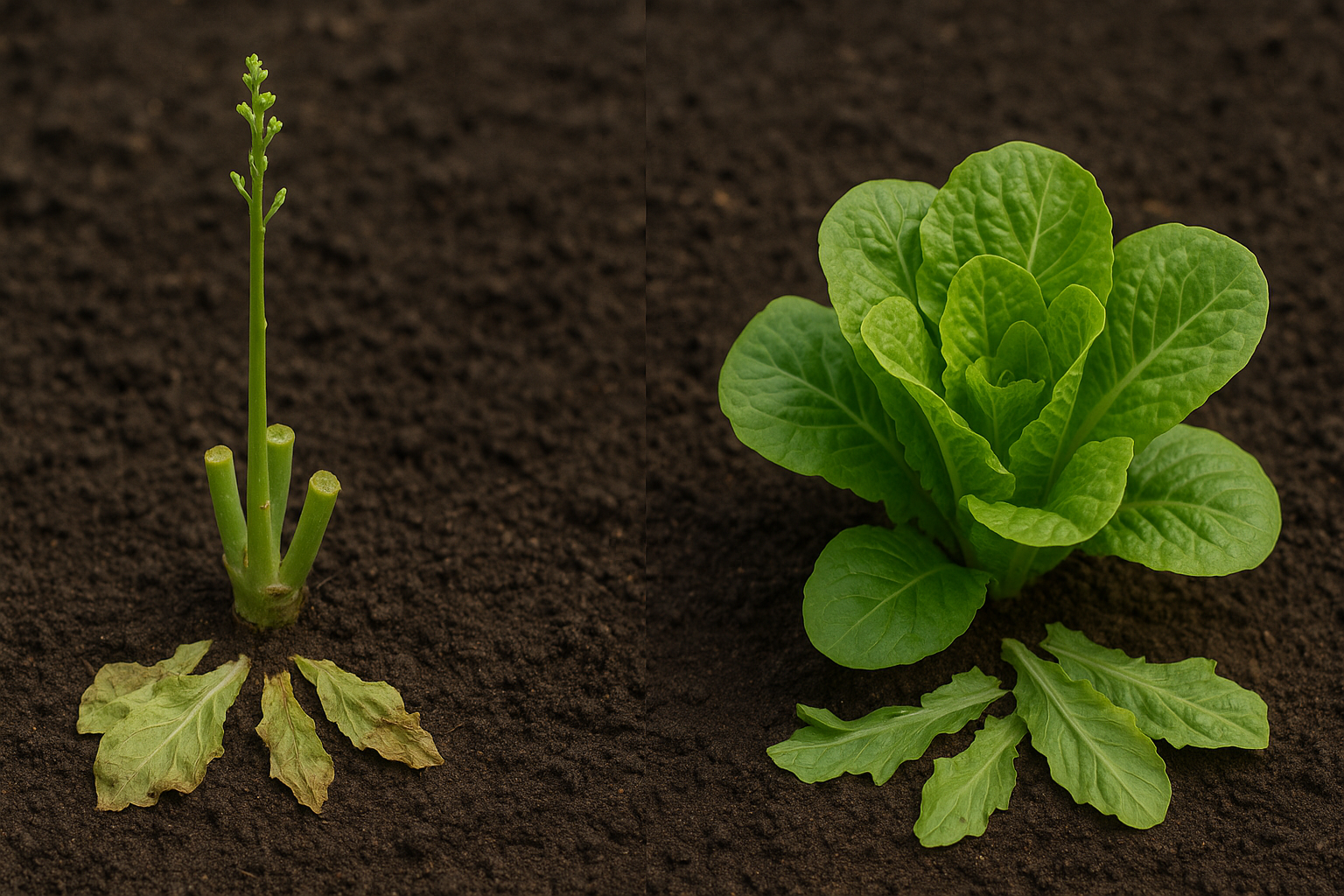
One of the biggest mistakes gardeners make when harvesting leafy greens and herbs is over-harvesting, which can stress the plant and stunt future growth. To prevent this, always follow the “one-third rule”: only take about one-third of the plant’s leaves at a time, leaving plenty behind for regrowth.
It’s also crucial to cut from the outer leaves and avoid snipping too close to the center, since damaging the central crown can stop the plant from producing new foliage altogether. When harvesting, use clean, sharp scissors and make smooth cuts to reduce the risk of tearing or infecting the plant’s tissue.
Another mistake to watch for is harvesting when the plant has begun bolting—this is when it starts to send up flowers or seed stalks, often due to heat or age. Bolting changes the flavor and texture of greens, making them bitter and tough, and signals that it’s time to stop re-harvesting and instead let the plant go to seed or replace it.
Keep an eye out for elongated stems, tiny flower buds, or a shift in leaf appearance as early signs of bolting.
By adopting these mindful harvesting habits and recognizing when plants have reached the end of their productive life, you’ll enjoy healthier plants, better harvests, and a thriving garden season after season.
What to Do After Harvesting to Promote Regrowth
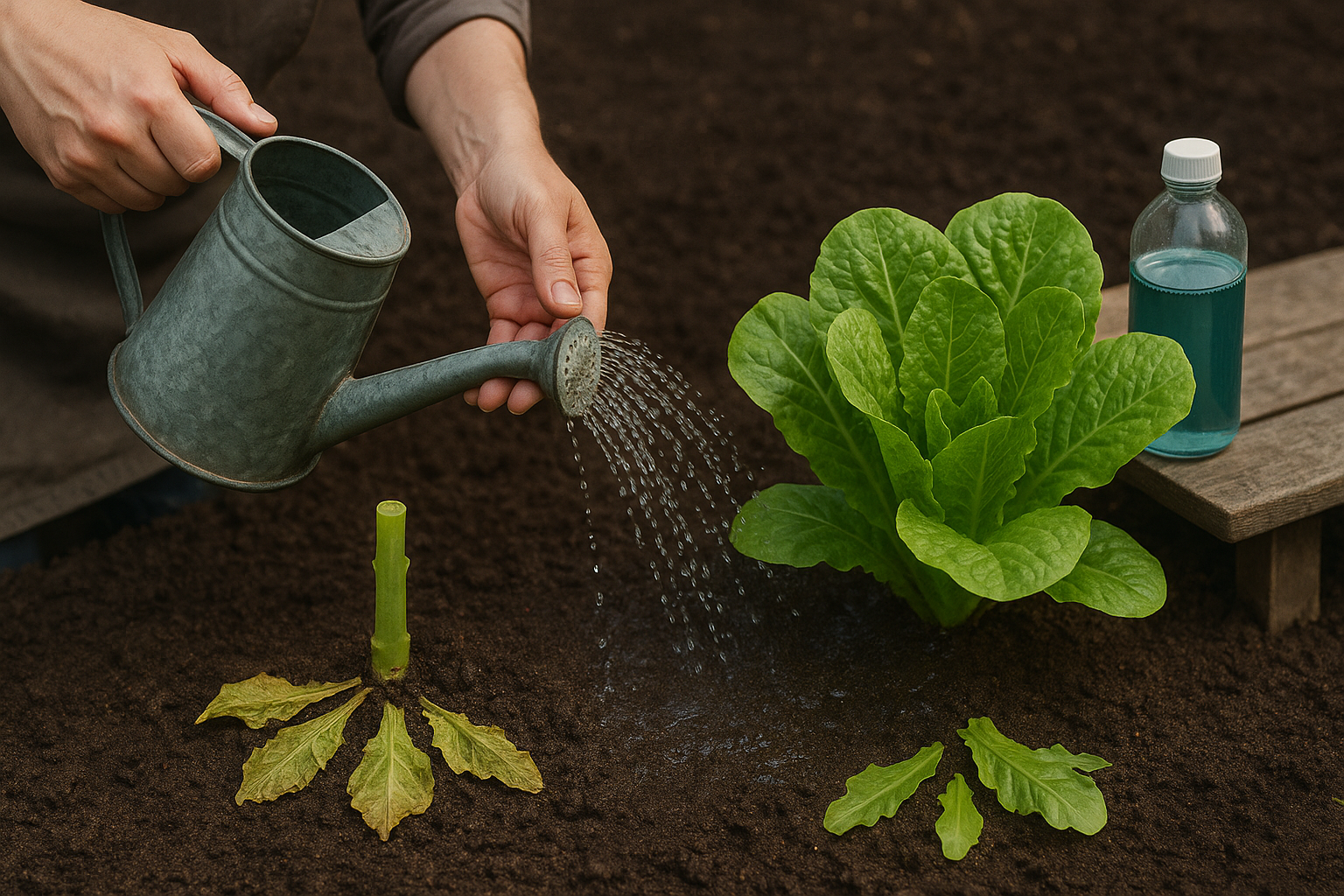
After harvesting your plants, a few simple steps can make a big difference in promoting healthy regrowth for future harvests. Start by gently watering the plants to keep the soil consistently moist but not soggy; this helps roots recover and encourages new shoots to develop.
Adding a diluted, balanced fertilizer—about half strength—is a smart move, providing essential nutrients without overwhelming stressed plants. It’s equally important to carefully clear away any leftover stems, leaves, or debris surrounding your plants. This not only keeps your growing area tidy but also reduces the risk of disease and discourages pests.
After cleaning up, take a few moments to inspect the plants and surrounding soil for any signs of unwanted guests like aphids or slugs. Early detection makes treatment easier and helps prevent infestations from getting out of hand.
To further promote regrowth, consider rotating your plants slightly or trimming away any broken stems; this encourages airflow and healthy new growth. If you’re working with container plants or in a garden bed, make sure each plant has enough space and isn’t being crowded out. Good spacing helps reduce mold and provides room for new shoots.
By following these simple steps after every harvest, you can support vigorous regrowth and set the stage for a healthy, productive next cycle.
How Many Times Can You Harvest and When to Stop
Lettuce is a generous crop, especially if you grow cut-and-come-again varieties like looseleaf or romaine. Typically, you can harvest the outer leaves three to four times before noticing a decline in quality, although some vigorous plants may allow up to six harvests under ideal conditions.
Pay attention to changes that signal your plants are past their prime:
- Leaves turn tougher
- Taste becomes increasingly bitter
- Leaves start to yellow and wilt
- Bolting occurs, when the central stalk rapidly elongates and the plant sends up flower buds
Bolting not only worsens the flavor but also signals the loss of the lettuce’s tender texture. When these changes appear, it’s best to stop harvesting and pull out the spent plants.
Old lettuce makes an excellent addition to your compost pile, returning nutrients to next season’s garden. If you’re interested in saving seeds and trying your hand at propagation, let a few healthy plants complete their bolting cycle and flower; their seeds can then be collected for replanting.
By being observant and acting at the right time, you’ll keep your salads fresh and your garden productive throughout the growing season.
